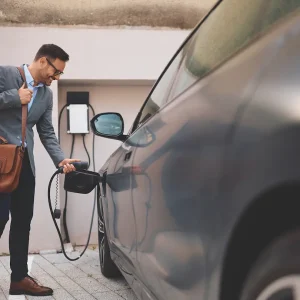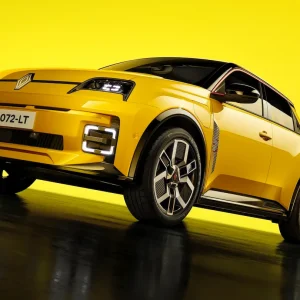Fuel cell vehicles are the future, but the Korean firm is first plotting petrol-electric hybrids, writes Tristan Young
Fleets will spearhead the introduction of future fuel vehicles for Korean vehicle manufacturer Kia.
That was the message that came across loud and clear following three days of intensive presentations and test drives of a host of new vehicles at Kia’s eco-tech R&D facilities in the brand’s homeland.
In Korea, Kia is already selling an LPG-electric hybrid version of its lower medium sector car the Forte. It works in the same way as the Honda Insight hybrid, in that the electric motor assists the engine (in this case powered by LPG rather than petrol, which is the case with the Honda), whereas the Toyota Prius offers electric-only drive at lower speeds. However, the Kia beats the Insight by 2g/km for CO2 with a 99g/km official figure.
The prime takers of the Forte LPI (Liquid Petroleum Injection) are taxi fleets who find the fuel costs of the LPG hybrid attractive.
While the Forte LPI isn’t expected to make it to the UK, a full petrol-electric hybrid version of the next Magentis could well make it to this country. Codenamed TF HEV, Kia engineers claim the Mondeo-sized hybrid will run on electric-only up to 19mph. The hybrid Magentis will have a top speed of 122mph and a CO2 emissions figure of less than 100g/km. The Korean version goes on sale next year, but the UK may have to wait until 2013.
The car manufacturer is also looking at plug-in hybrids, which it will trial for the next three years with Korean government fleets before commercial production starts in 2013. The brand is also intending to bring an all-electric version of the next-generation Picanto to Europe and possibly the UK in the next three years, and again will run a demo programme with fleets in Korea in 2011.
However, the ultimate goal for Kia is to lead on fuel-cell technology, which it arguably already does. Having spent nearly £42 million on a dedicated research facility for fuel-cell technology just outside Seoul in 2005 the firm has been building fuel-cell vehicles based on its 4x4s since 2006 in limited numbers.
The firm currently has 32 vehicles on test with the US Department of Energy and a similar number on test with the Korean government. Next year Kia will start small-scale production of 1000 Borrego FCEVs (see panel, right).
What’s holding up the more widespread arrival of FCVs is the refuelling network in individual countries. However, Kia is happy to be ahead of the game here, so that when the infrastructure does arrive, the manufacturer can be first to provide the vehicles.





